
What is Uneven Skin Tone and Causes of it
Color provides structure and depth to your skin, whether applied organically or with regular cosmetics. The problem arises when your uneven complexion manifests itself in blotchy areas or dark spots, referred to as "hyperpigmentation." Although there is no such thing as completely even skin, there are ways to regulate an uneven tone on the face to achieve a more maintained, beautiful complexion.
If you have hyperpigmentation or uneven complexion, read article for tips on correcting and returning to healthy skin. Continue reading for a thorough overview.
What Exactly Is Uneven Skin Tone?
Uneven skin tone is a common term for various skin discolorations, such as sunspots or hyperpigmentation caused by inflammation. It may additionally refer to uneven skin texture, such as dry spots, dead skin cell buildup, wrinkles, fine lines, or blotchiness. Uneven skin tone can indicate a decline in skin health or damage caused by various reasons, including but not restricted to UV radiation, pollution, or even the prescription you take.
Exploring the Causes of Uneven Skin Tone:
Not all black spots are comparable, so there are a few possible causes of uneven skin. Look into which issues may apply to you and your complexion so you may address them and move towards happier, healthier skin!
Exposure to the Sun:
Excessive or prolonged sun exposure might result in sun spots. And, given that sunspots discolor your skin, it's no wonder they can significantly impact your complexion. A sunspot isn't the most unpleasant thing in the world, but it's also not the best.
Hyperpigmentation:
Let's split it down: "hyper" implies "over," and "pigment" signifies "color"; they both allude to excess melanin production. Melanin, the pigment which is the cause of the color of human hair, skin, and eyes, is produced by melanocytes.
Because melanin is part of our body's natural defense against UV radiation, you notice it most when you see your skin tan after an entire day in the sun. Melanocytes will increase their melanin synthesis volume in response to UV exposure. The dark brown pigment spreads across our skin to guard against more UV rays.
Melasma:
Melasma is another prevalent skin disorder that causes tan, brown, or grayish skin coloring. These patches commonly appear on your cheeks, forehead, upper lip, and nose, but they may additionally appear on the forearms and neck. The illness can affect both men and women, but hormonal changes mainly cause it while pregnant or with birth control use.
Estrogen variations cause melanocytes to work extra hard, producing melasma or patches of undesirable melanin in the skin. Your skin may be discolored as a result of an accident which is also known as post-inflammatory hyperpigmentation, or as a result of environmental pollution that has penetrated the skin's surface.
Skin Dryness:
Dry skin frequently lacks sebum, making it prone to cracking. Skin damaged or diseased is prone to discoloration and might appear spotty or ashen.
It's an excellent practice to keep your skin moisturized and hydrated to avoid dry skin initially. You may accomplish this by drinking lots of fluids throughout the day, but you should also invest in sun protection and moisturizing lotion to keep your skin moisturized morning, midday, and night.
Pollution:
You might not realize it, but dust in the air can affect your skin. Consider all the pollutants: dust, smoking, chemicals, etc. They all fly around in the air and can end up on the skin, where they are absorbed. If your skin is not thoroughly washed regularly, chemicals can accumulate and cause uneven skin tone.
Identifying the source of your pigmentation is critical for developing an effective treatment plan. The improper treatment might worsen discoloration, so see a skincare specialist if you need clarification about the cause.
Treating & Managing Uneven Skin Tone with Skincare:
With a better understanding of your skin type and the sort of hyperpigmentation you're dealing with, you can start addressing your uneven skin and working towards a more even complexion. Are you ready to begin?
Have A Skincare Routine Based on Your Skin Type
Choose appropriate items for your skin type. Although the objective is to address discoloration, employing the wrong solutions could add pimples or dry, flaky skin to the list of issues. If you're not sure which formulations are ideal for your skin tone, here's some guidance:
Dry skin types should opt for oil emulsions with water which has more lipids than water. The lipid coating will smooth broken surfaces and avoid future water loss from the epidermis, the outermost layer of your skin. To boost the moisturizing properties of moisturizers, look for water-binding compounds like lactic acid, urea, and glycerin.
People with normal skin ought to maintain their skin clean and moisturized without leaving it oily. Find a thin, water-in-oil emulsion mix for daytime usage; however, a product with more lipids may be useful for nighttime use.
If you have oily skin, only use free-of-oil liquids or gel, oil-in-water emulsion solutions designed for oily skin.
Exfoliate
Exfoliation is an important step in treating uneven skin tones. To allow the corrective components in your face wash, serums, and moisturizers to penetrate the epidermis and operate, you must first slough off the dead, lifeless skin cells on the surface.
Choose a proper exfoliator for your skin type and apply it twice weekly to minimize hyperpigmentation and remove dark spots.
Also read: How To Exfoliate Face Skin For Smoother And Brighter Skin
Cleanse and moisturize your skin
Exfoliation is suggested twice a week. However, washing and moisturizing the skin must be done every day. Most dermatologists advocate performing these essential skincare actions twice daily, once at the beginning of the day and again at night.
Keeping your skin clean and moisturized is key to its health and vitality. You can use Dark Spot & Hyperpigmentation Correcting Power Serum by Pink Foundry. This product is a unique synergistic blend of 8 activities.
It includes hero components such as Niacinamide, Tranexamic Acid, Vitamin C, and Alpha Arbutin, to diminish the appearance of dark stains, increase brightness, and minimize the recurrence of discoloration. It will stimulate collagen formation and cell regeneration, assisting in the repair of harm resulting from sun exposure or hormone flare-ups.
Eat clean
Eating a healthy diet improves the appearance of any complexion, not just uneven ones. Avoid refined carbohydrates such as chips, white bread, soda, and sweets. These preservatives and chemicals cause sugar levels in your blood to jump, prompting a hormonal reaction. Try to include more foods in your diet that have been clinically proven to enhance the appearance of your skin.
Also read: Uneven Skin Tone on Face? Here’s Everything You Need to Know
Conclusion
A smooth, clean skin tone can seem like a pipe dream in a world full of causes that lead to redness, blemishes, acne scars, and fine lines. It stands to reason that our beauty regimens and lives demand extra protection to refresh our skin's health consistently.

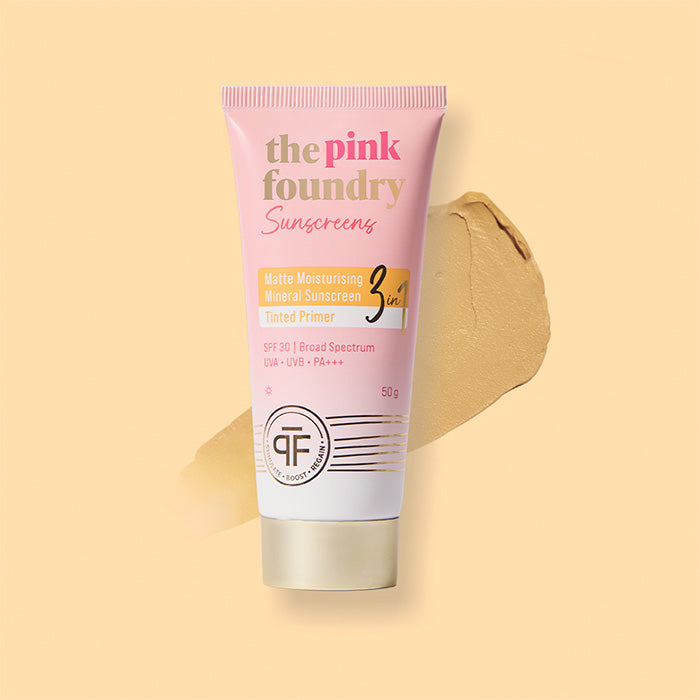
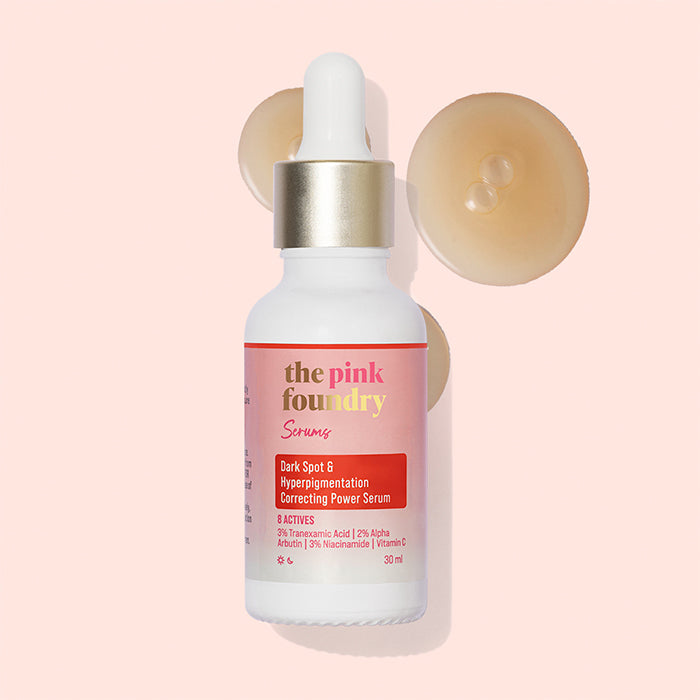



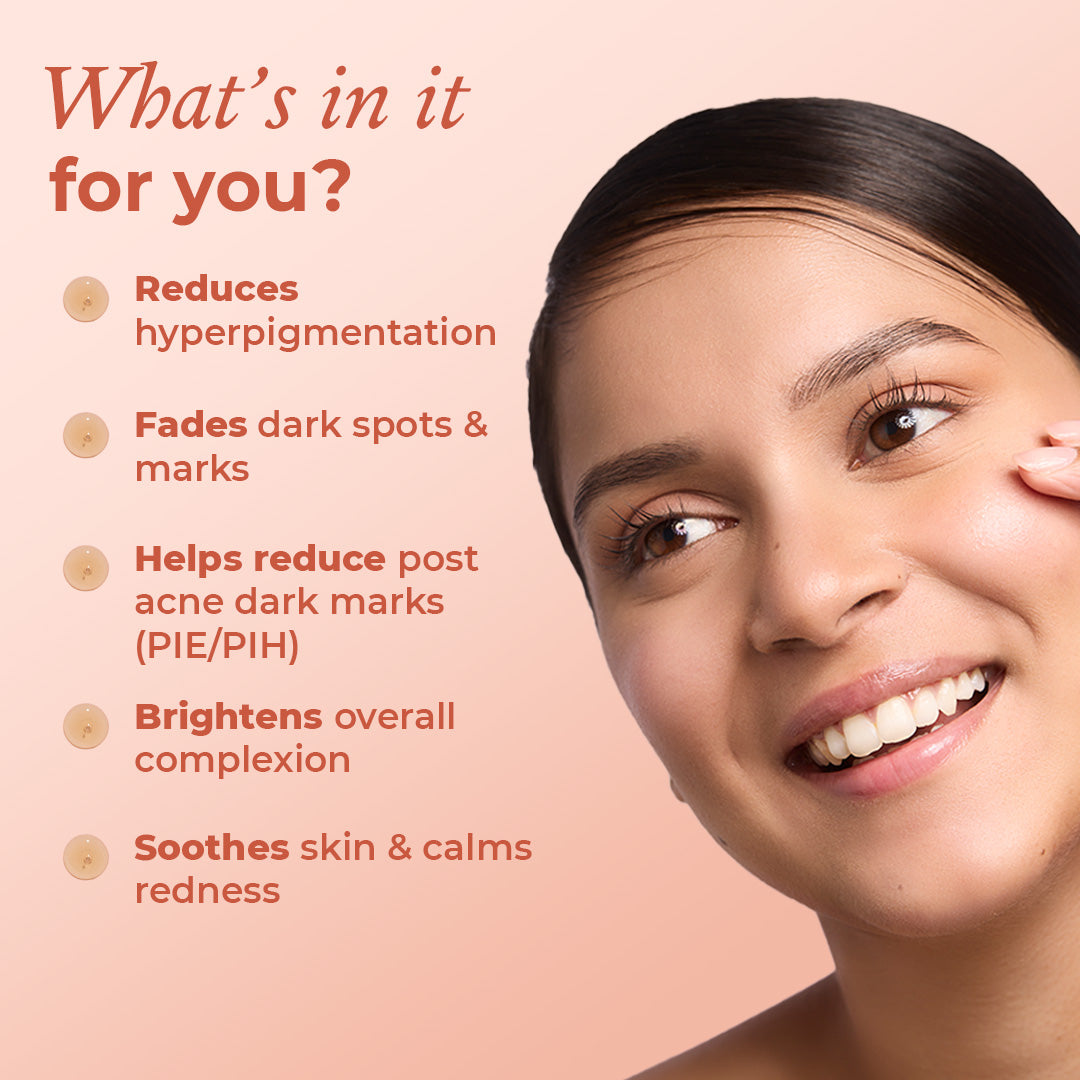

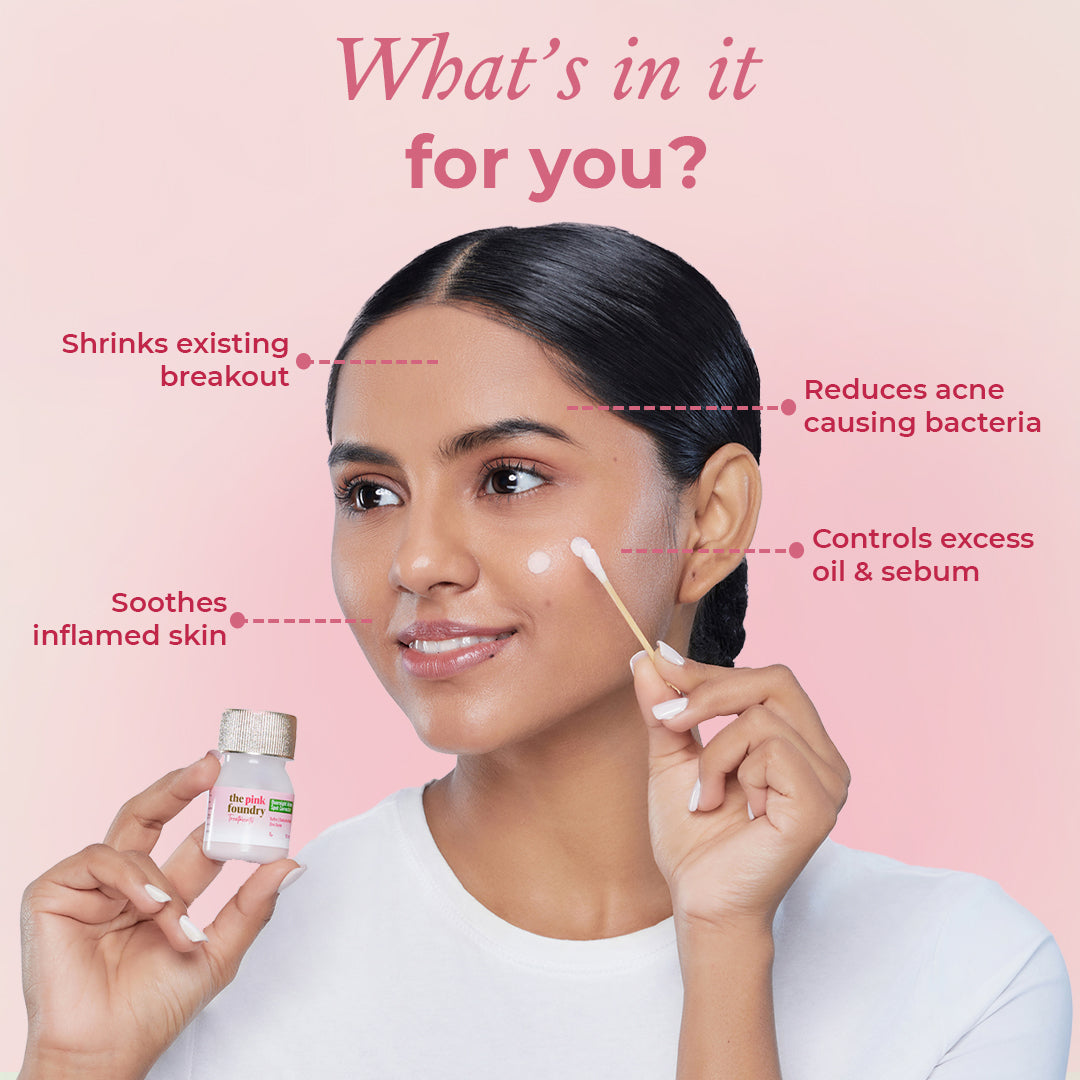
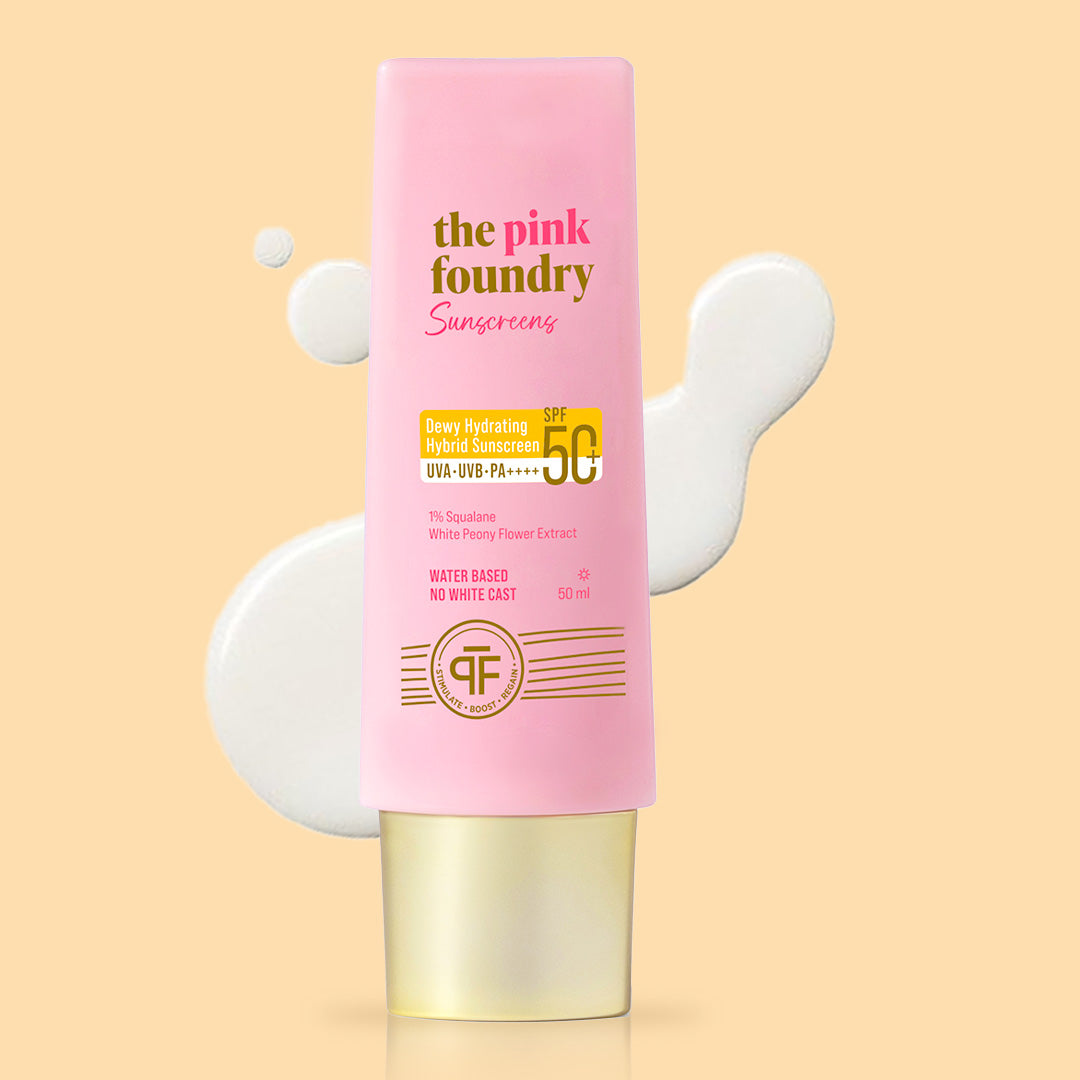
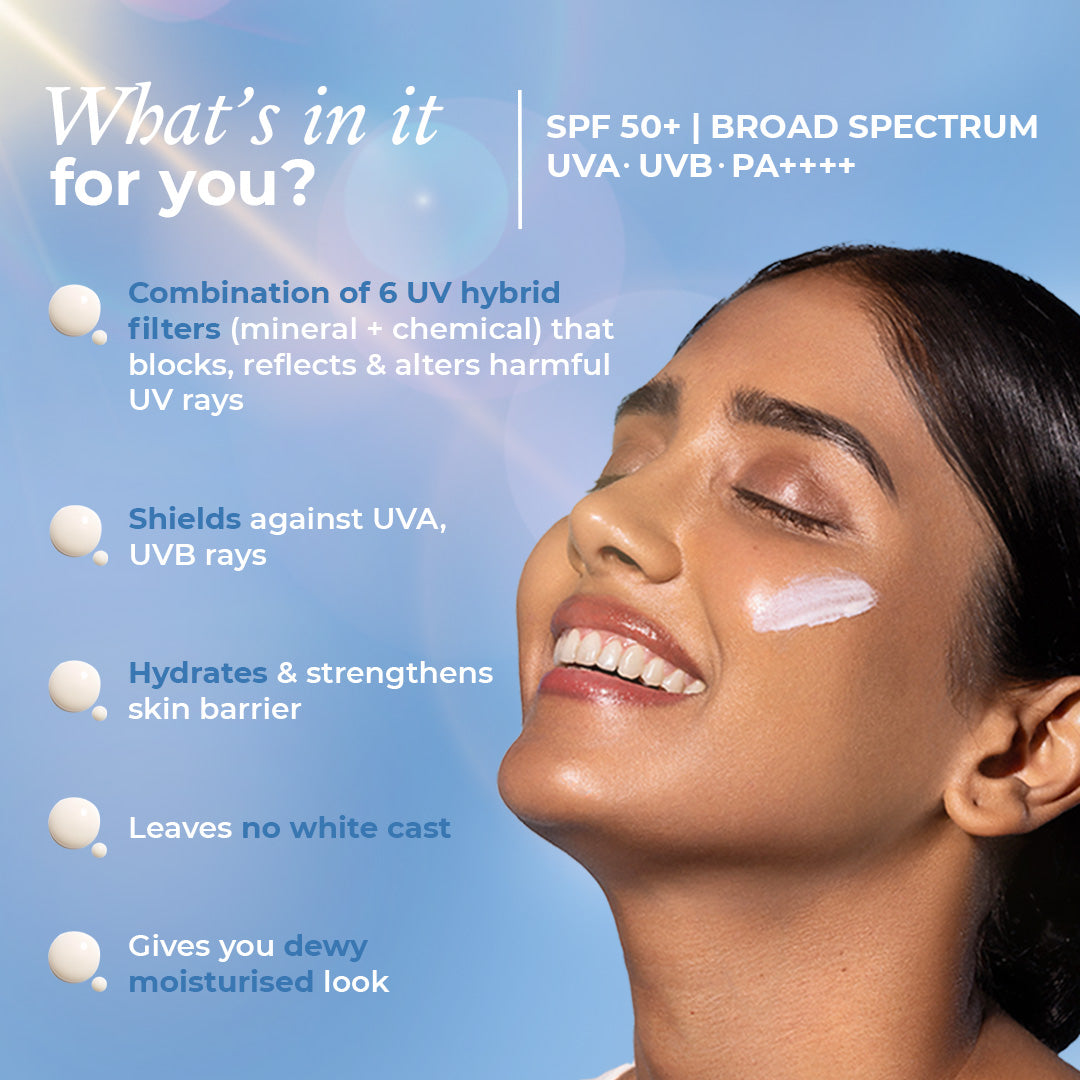
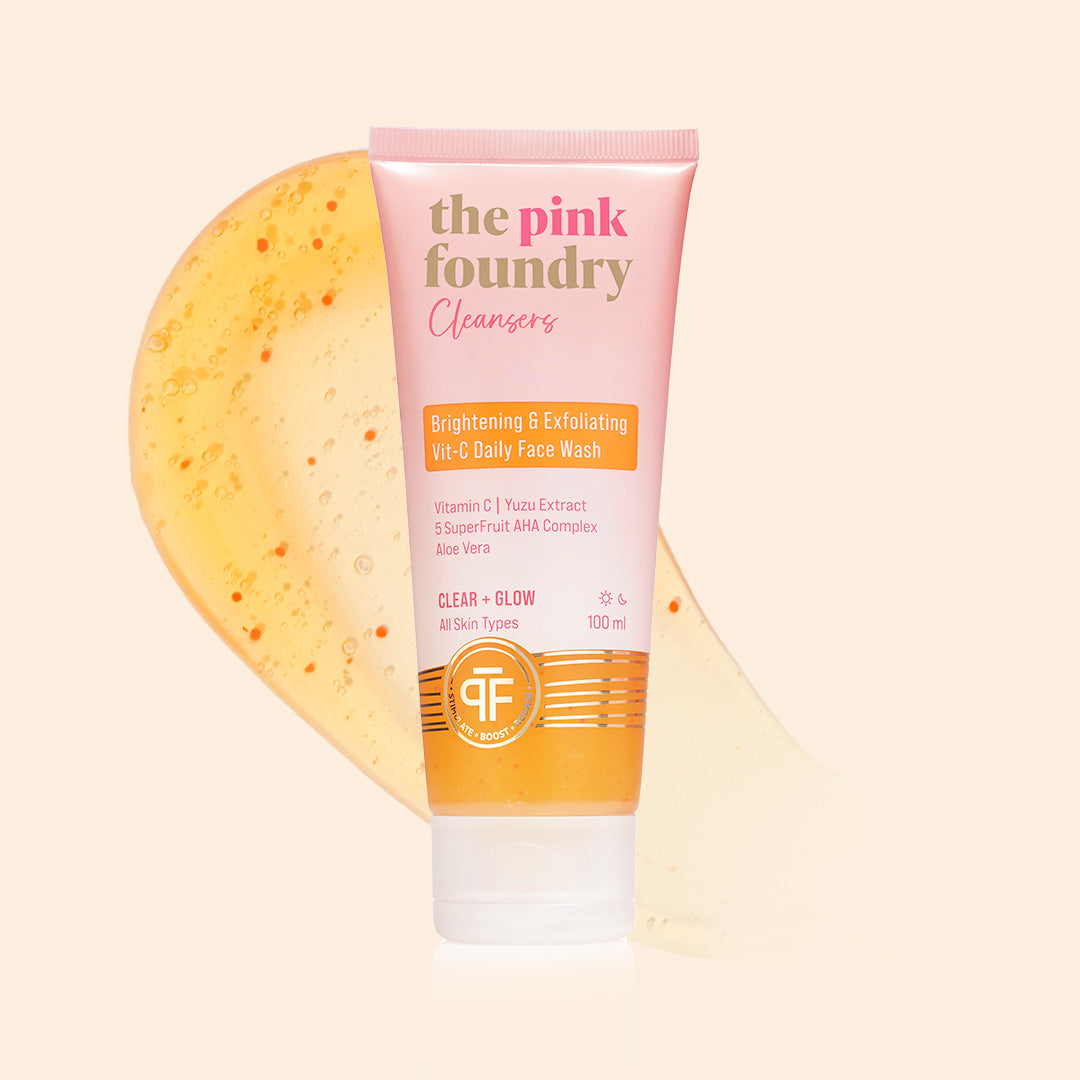
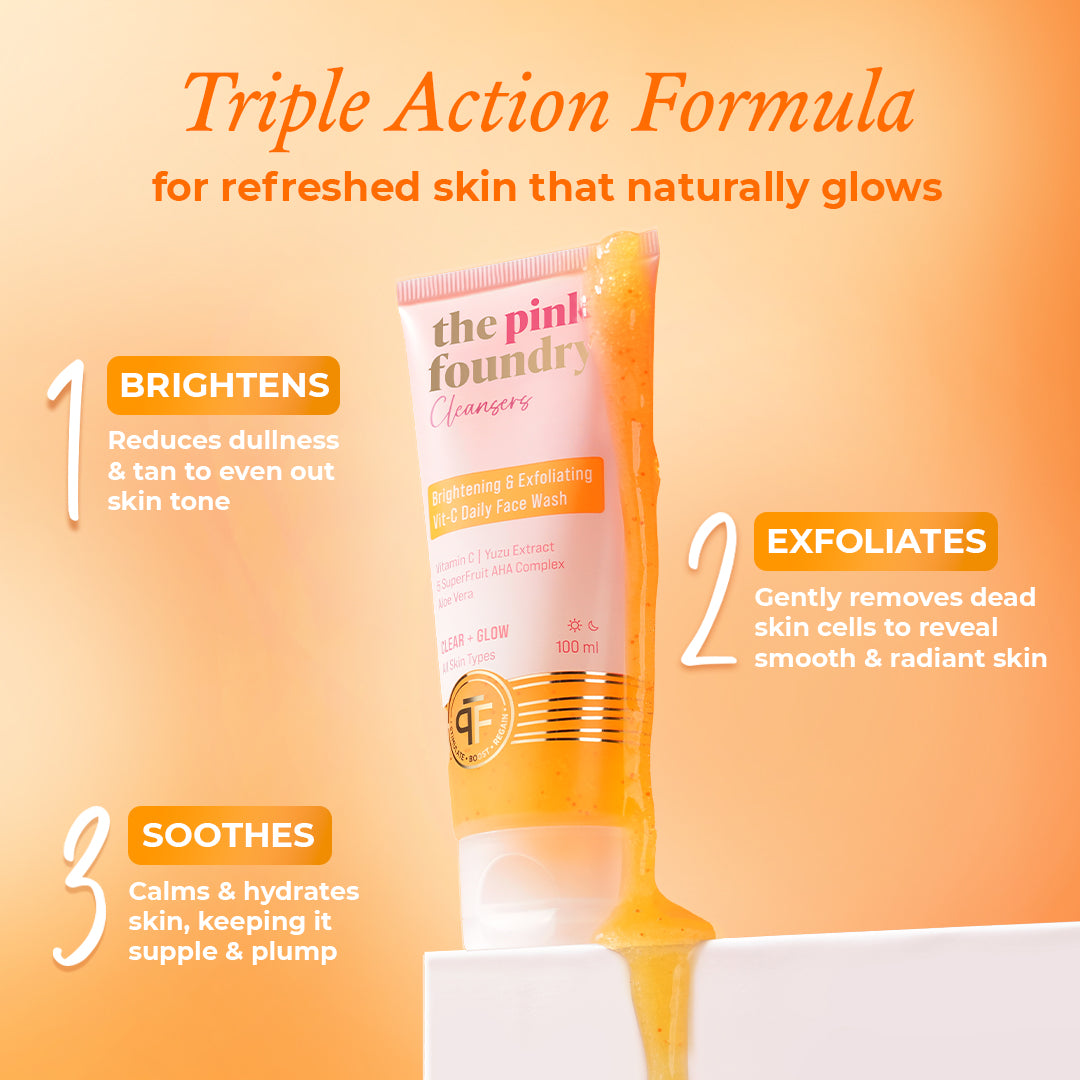
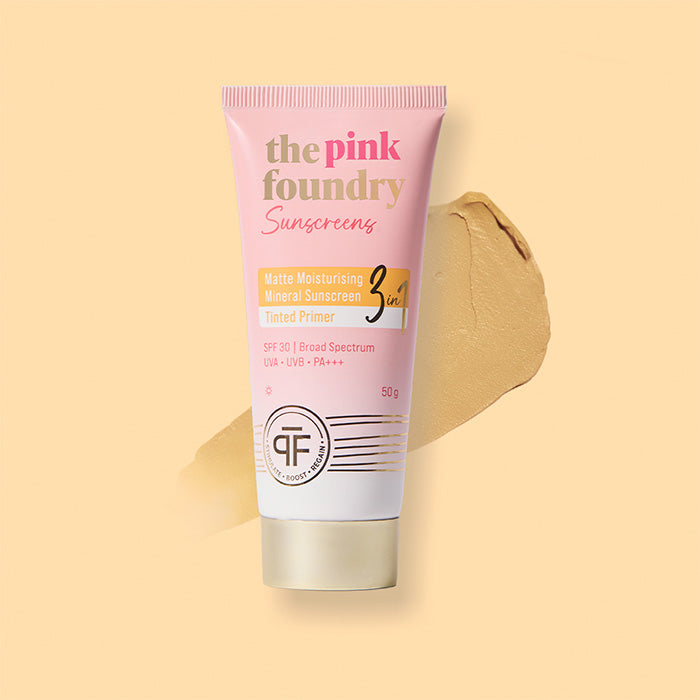
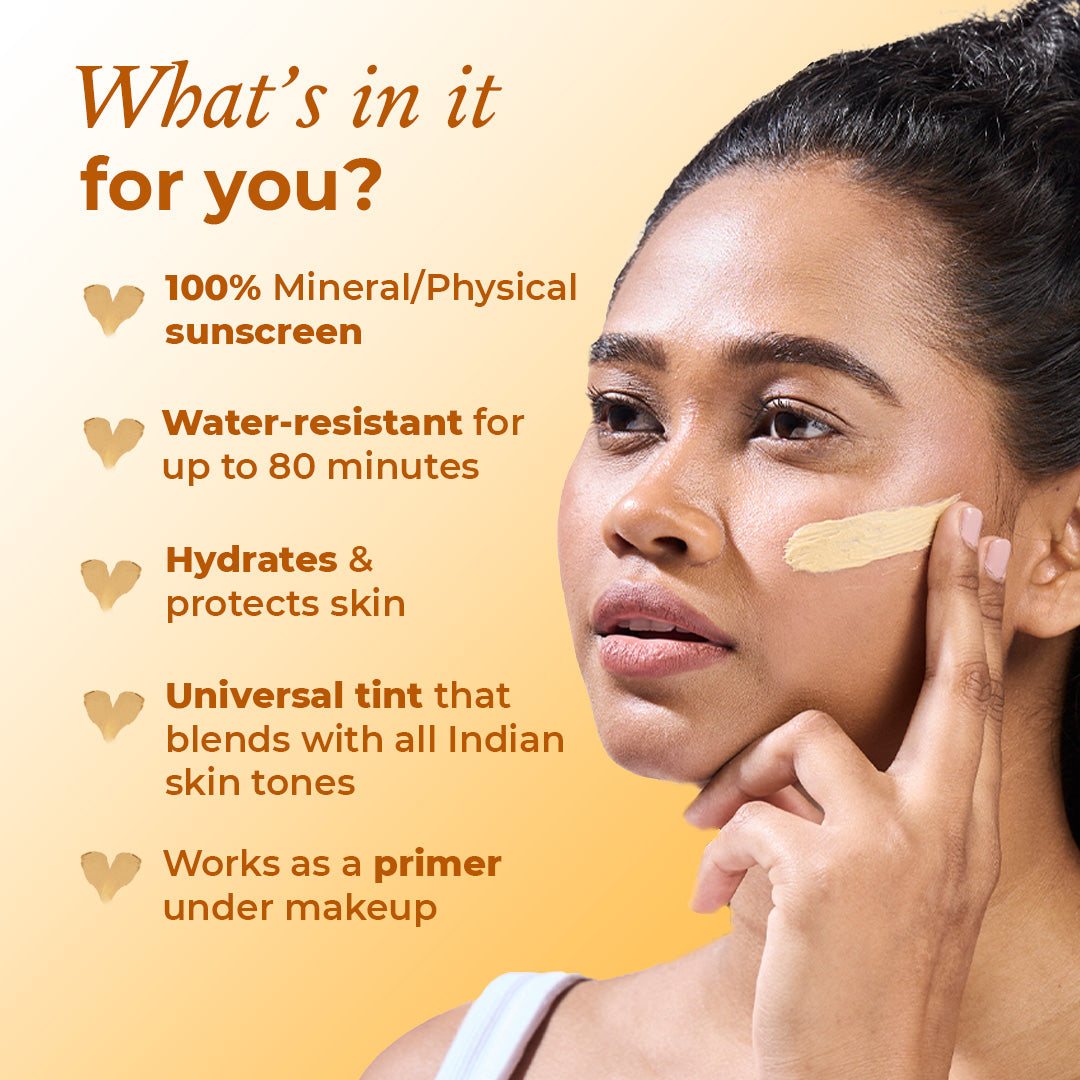
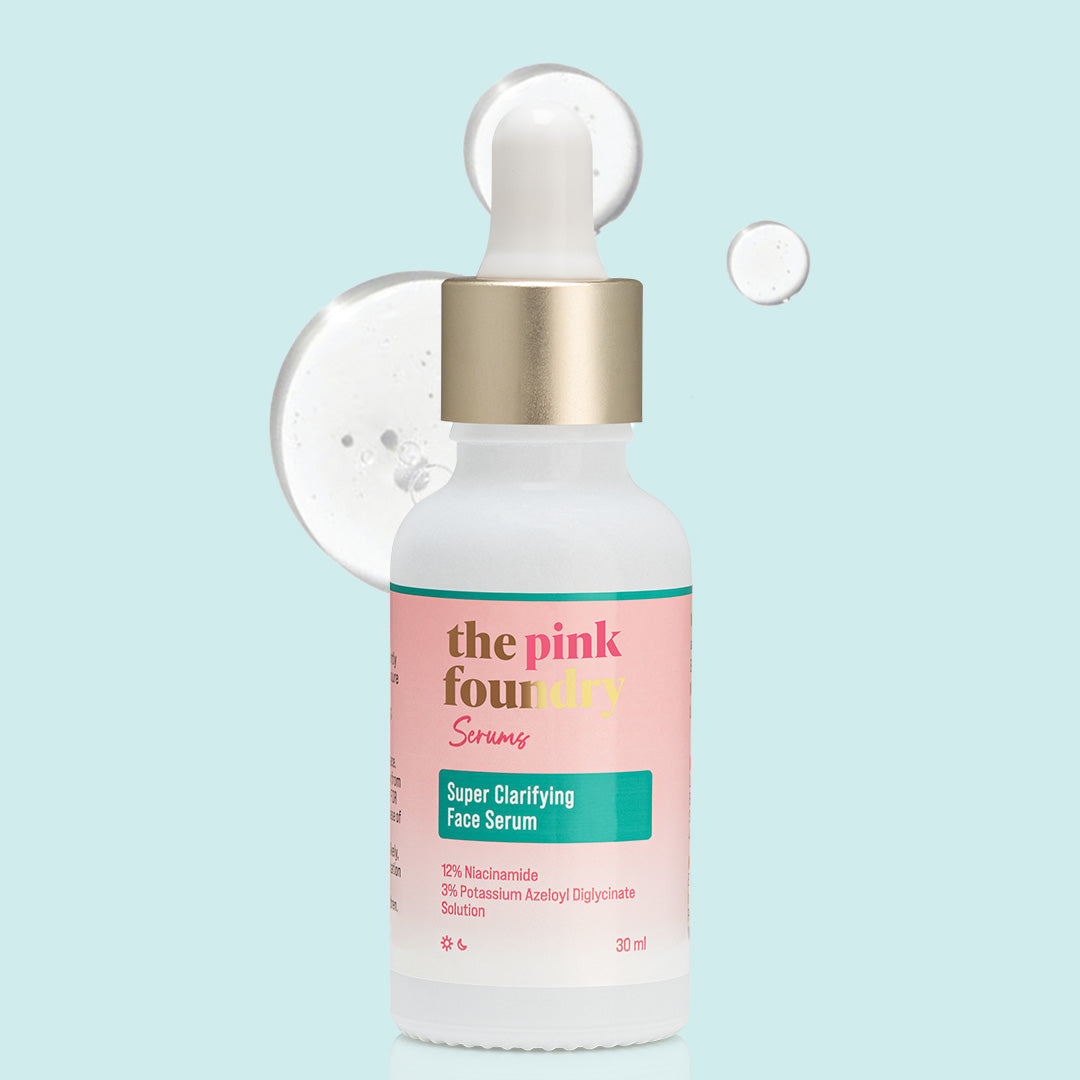
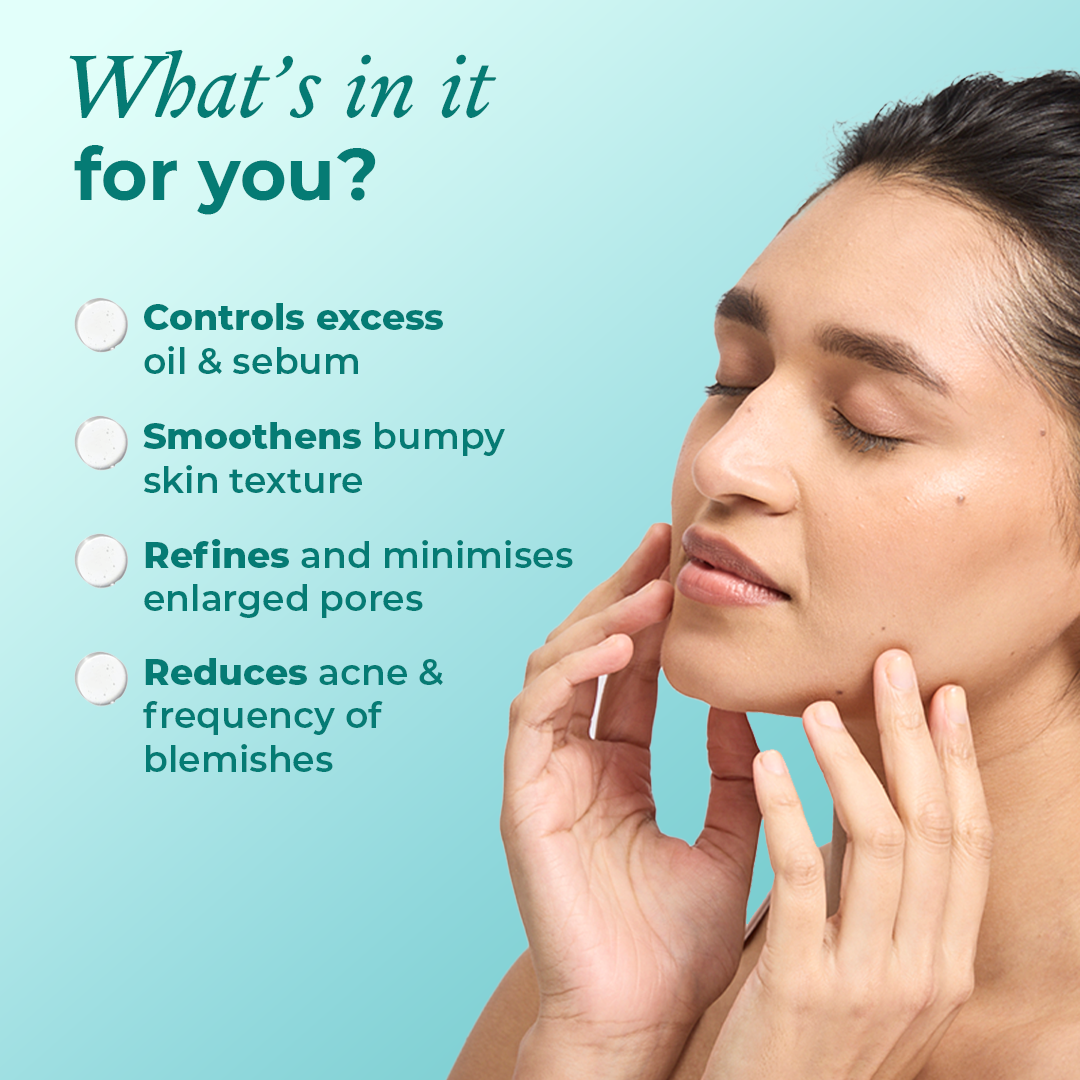

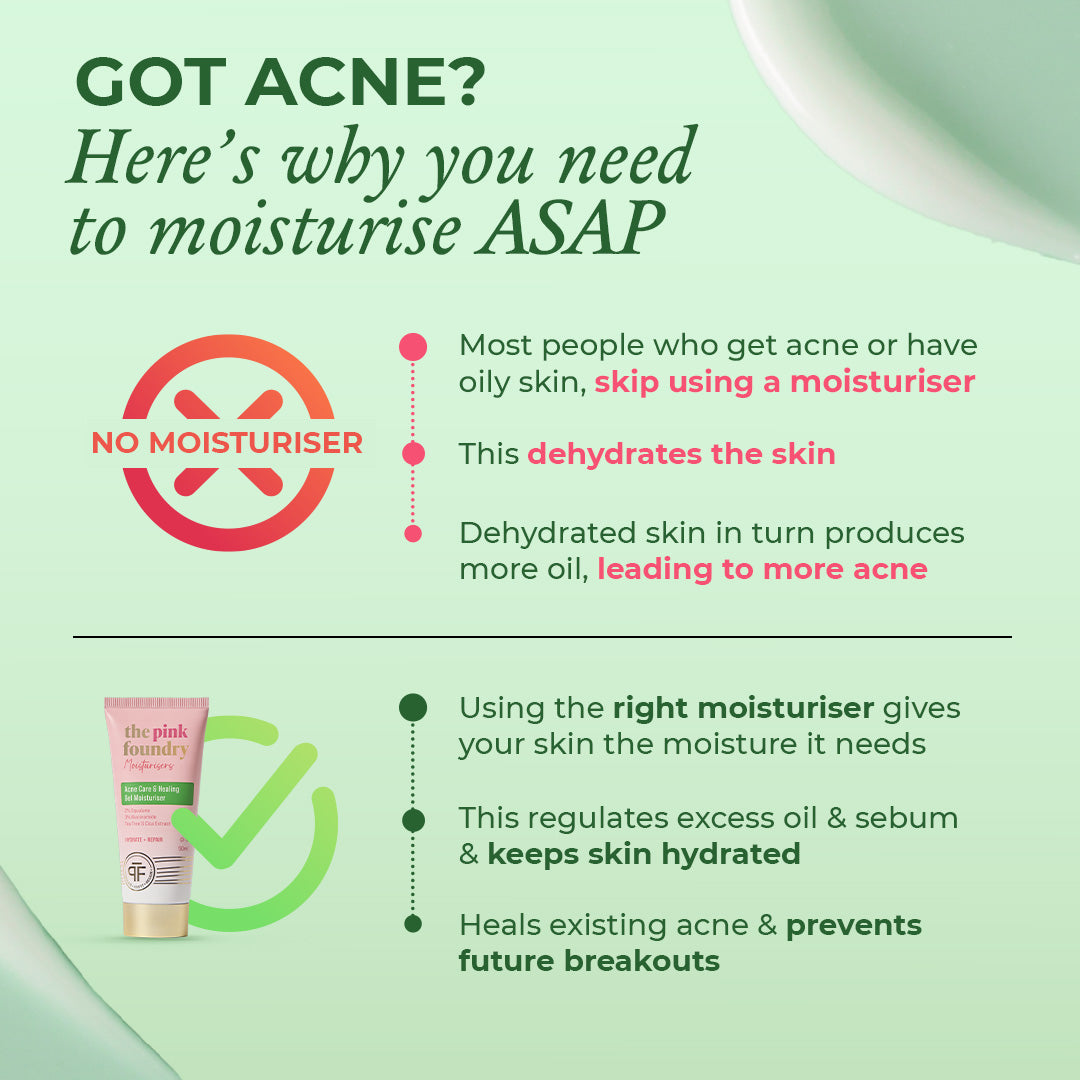
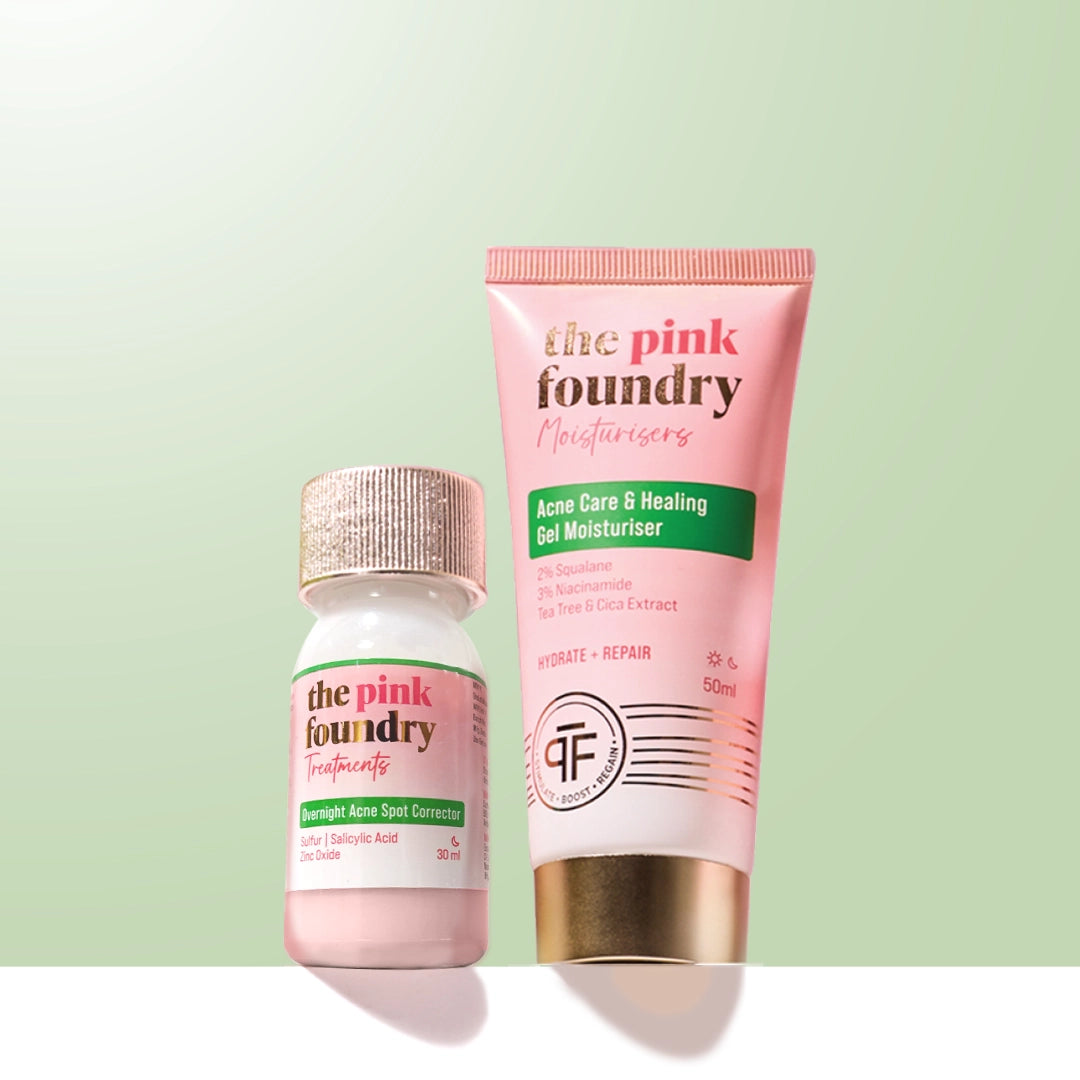
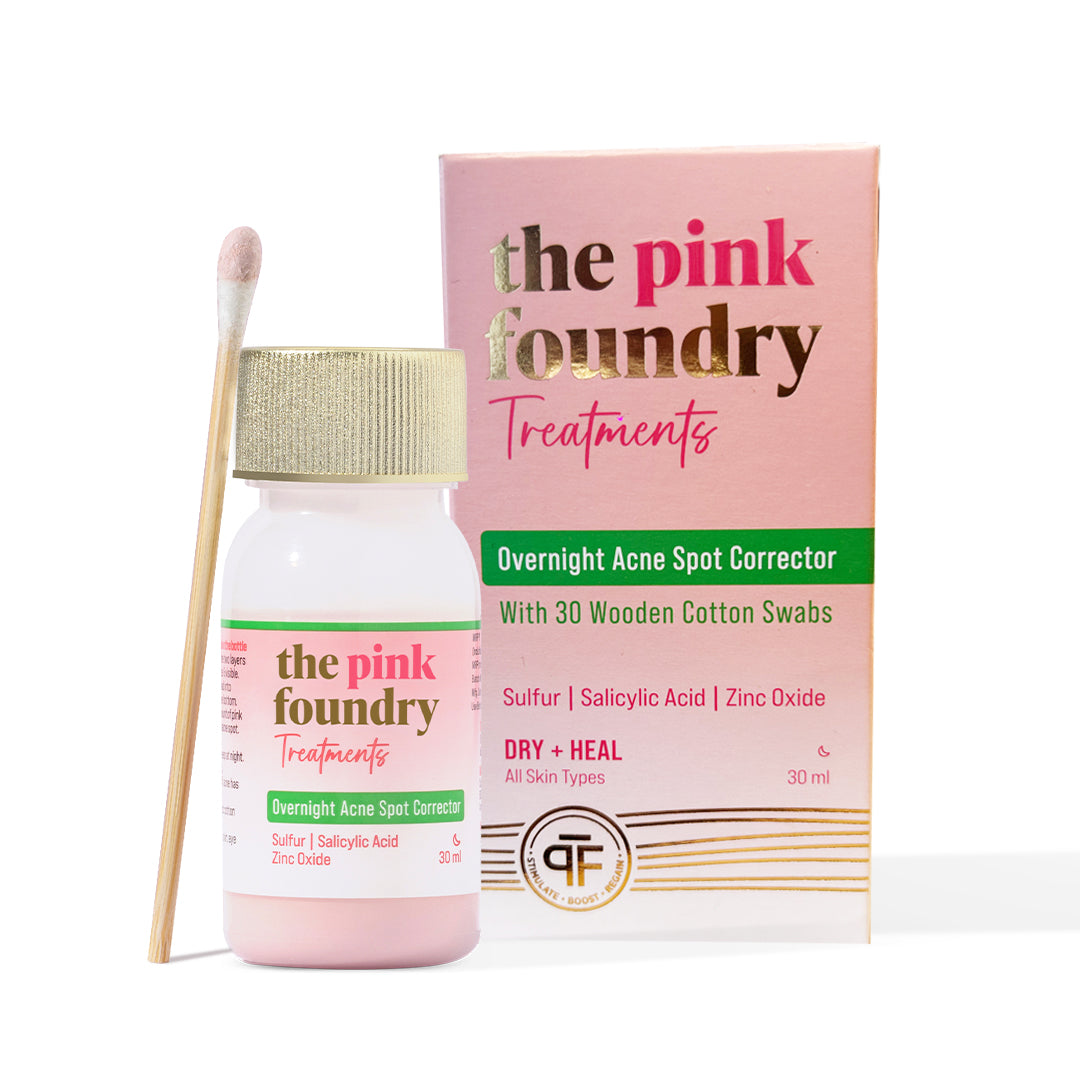
Leave a comment
This site is protected by hCaptcha and the hCaptcha Privacy Policy and Terms of Service apply.